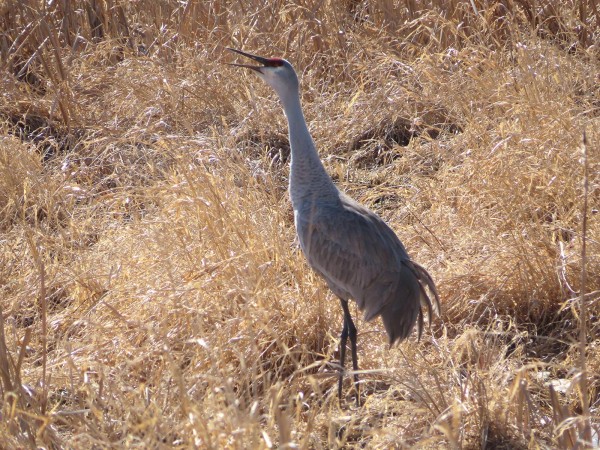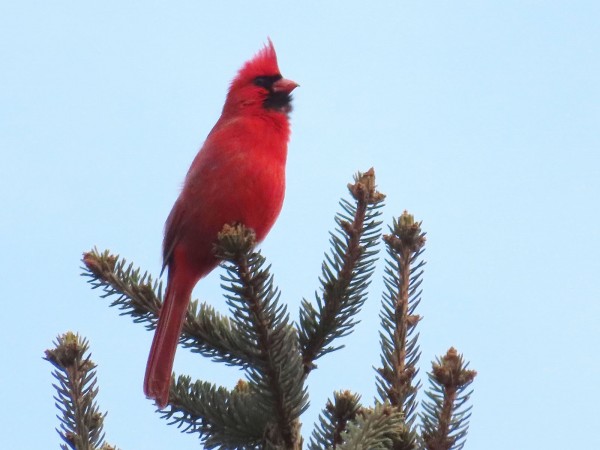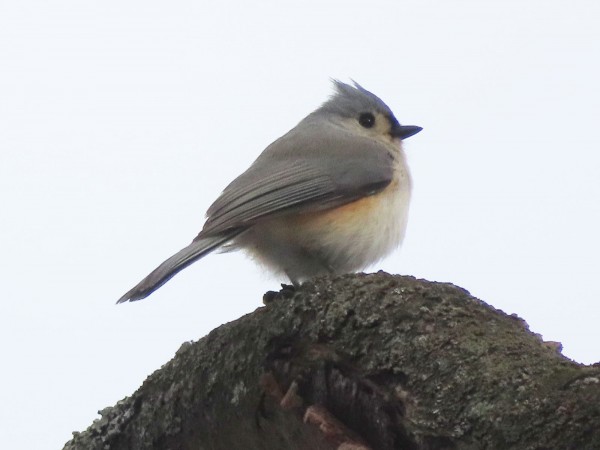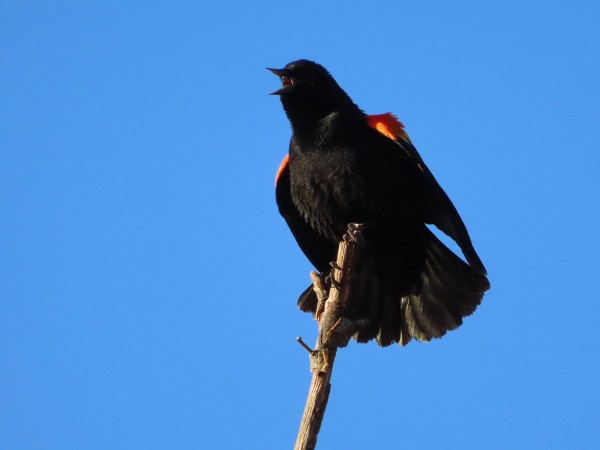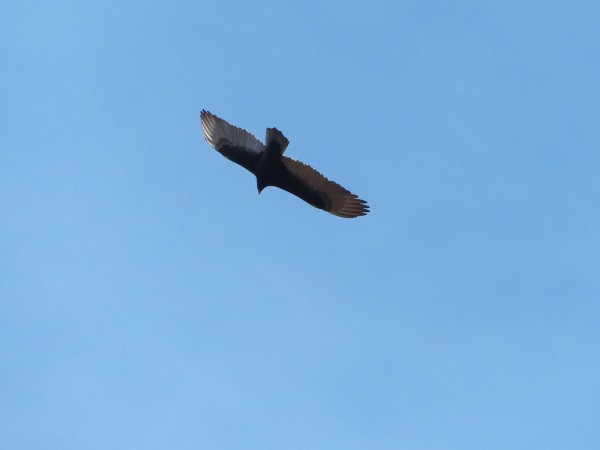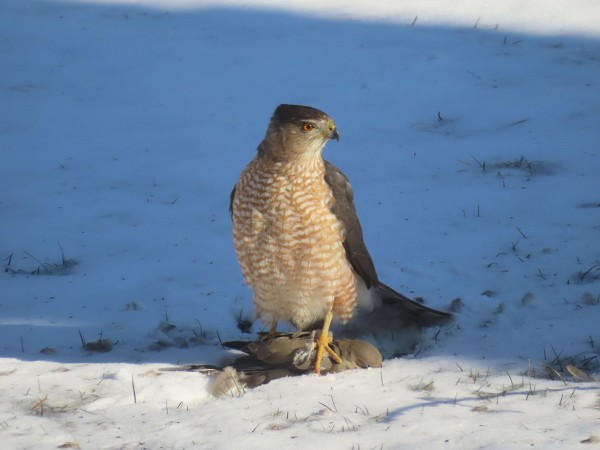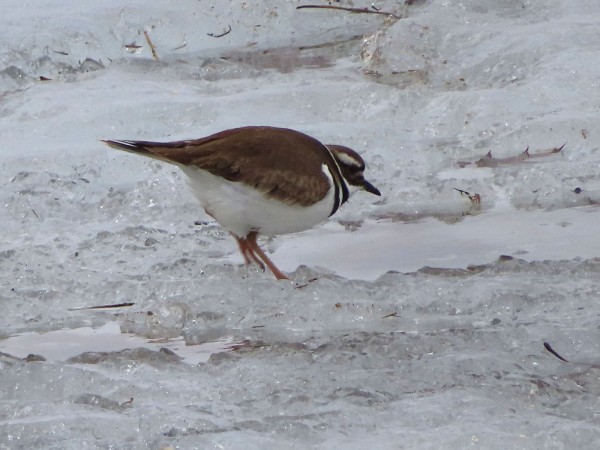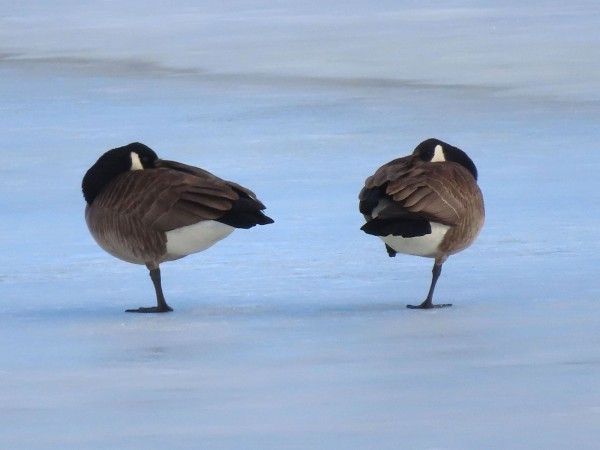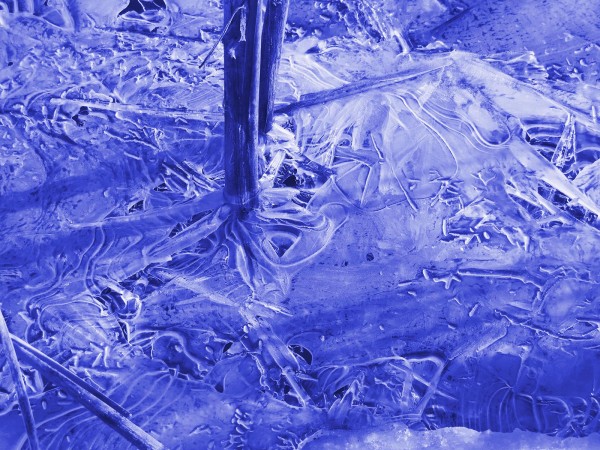Chuck's Birding Report #103
01 March - 07 March 2022
Dear fellow flock of birders,
We started the month of March with our Tuesday morning walk. We also started with a new bird. We first heard and then saw one Sandhill Crane. A little later we heard and then saw a pair of Sandhill Cranes. The sound of the Sandhill Crane calling is so distinctive that we all knew what it was immediately. None of the three landed in the Arb but instead continued flying north. I went over to Nine Springs to see if other Sandhill Cranes might have landed there so I could get a photo of at least one. Sure enough there were few on the ground. The included photo is of one of them standing by itself and calling for a mate.
The beginning of March is also a time for the beginning of migration. We should begin to see a few new species arriving during March. It’s time to keep an eye and ear out for these new species.
In general, I’ve been hearing more birds singing. The Northern Cardinals started early and are still singing. It’s such a welcoming sound. This past week I heard Mourning Doves cooing for the first time. The Black-capped Chickadees are using their 2-note call to attract mates. The White-breasted Nuthatches are calling a lot too. The House Finches are singing a lot. I also see a lot of chasing. The woodpeckers especially like to chase each other. I can usually start the Tufted Titmouse to call by whistling their song to them. The only problem is that once I encourage them they never seem to stop calling. I’ve included photos of two singers to this message, the Northern Cardinal and the Tufted Titmouse.
I still look for the Common Redpolls in the birches and the European Alders. They are still here and have not left for the far north and their breeding grounds yet. Last week Tuesday our group saw about 100 Common Redpolls at Icke Boardwalk. I’ve had 10-20 of them at my thistle feeder practically every day for several weeks. They all fight for a position on the feeder. Some go to the ground and feed if there’s not enough space on the feeder.
The Red-tailed Hawk pair is still working on its nest. One visiting birder told me she saw them copulating so egg laying can’t be too far from now. Incubation takes about 30 or so days before hatching so it will be awhile before fuzzy white heads appear above the edge of the nest. But keep watching the nest anyway.
Last Wednesday, March 2nd, I heard the first Red-winged Blackbird singing on Curtis Prairie. We’ve seen random flyovers all winter but none perched on small trees and singing. The males come first and set up territories on Curtis Prairie. Then about a month later the females come to join the males, breed, build nests, lay eggs and raise young. I also saw this blackbird chase a Red-tailed Hawk away and peck it on its back. It was just protecting its territory. A photo of a singing male Red-winged Blackbird perched on Curtis Prairie is included.
On Friday, March 4th, when I visited the Big Spring I again did not see the Great Blue Heron. It’s been a couple weeks since I last saw it. Maybe it finally decided to fly south. I did see the usual Mallards and Gadwalls. By chance I happened to look up while standing at the railing. I could see what appeared to be an American Crow flying really high in the sky. I looked at it with my binoculars and saw the underside of the wings. I could see black at the leading edge and white at the trailing edge and that immediately indicated to me that it was a Turkey Vulture. Others had seen an occasional Turkey Vulture so I was primed to see one. So the Turkey Vultures are beginning to arrive. I have to remind myself and remind you also to look up every so often to look for Turkey Vulture or other raptors that might be flying high.
Many times when I arrive at the Visitor Center parking lot I often see a Cooper’s Hawk in the area. We also have a Cooper’s hawk fly through our yard about once a week to pick off a bird around our feeders. If I hear a loud sound of a bird hitting the family room window it often means a Cooper’s has flown through. The other day one flew by and picked off a Mourning Dove. It didn’t fly far and landed on the ground outside our kitchen window. It stood with its captive dove clutched with its talons and pinned to the ground. Once the hawk had thoroughly suffocated the dove it flew off. Included is a photo of the Cooper’s Hawk and captive Mourning Dove.
On Sunday, March 6, I went to the Lower Yahara River Trail to look at waterfowl. The trail is a mile long boardwalk connecting Lake Farm County Park to McDaniel County Park. If you’ve never walked or biked the trail I highly recommend it. Along the trail there is a bridge that connects Upper Mud Lake to Lake Waubesa. That connection is very near the Lake Farm end of the trail. Anyway I started at McDaniel Park and walked the boardwalk to the bridge. From there I could see all the waterfowl. I’ve never seen so many waterfowl both in terms of different species and in terms of the number of each species. I watched, identified and counted the species. It was amazing! I got three FOYs (first of year) waterfowl: American Wigeon, Red-breasted Merganser and Green-winged Teal. It was hard to photograph them so I couldn't show any good photos of the waterfowl. I also saw a FOY Killdeer. I was able to photograph it because it landed close to me. The photo is included.
I wanted to show you a photo of two Canada Geese I took while visiting Nine Springs. I’ve decided this might be a good yoga exercise for all of us. The Canada Geese are sleeping while standing on one foot and with their heads tucked under their wings. Okay give it a try. Stand on one foot, bring the other foot up to your rear, tuck your head into your armpit and close your eyes. You really don’t have to fall asleep, in fact don’t fall asleep. Now call an ambulance to bring you to the hospital. Not a great exercise for humans. How do those Canada Geese do it?
My last photo is one of an ice pattern. It is ice that is surrounding the stem of a cattail. Soon all this ice will be gone and these beautiful patterns will only return next winter.
I’m rooting for an early spring. It can’t come early enough for me.
That’s the Arboretum bird report for the past week.
I wish all of you good health and good birding too,
Chuck

